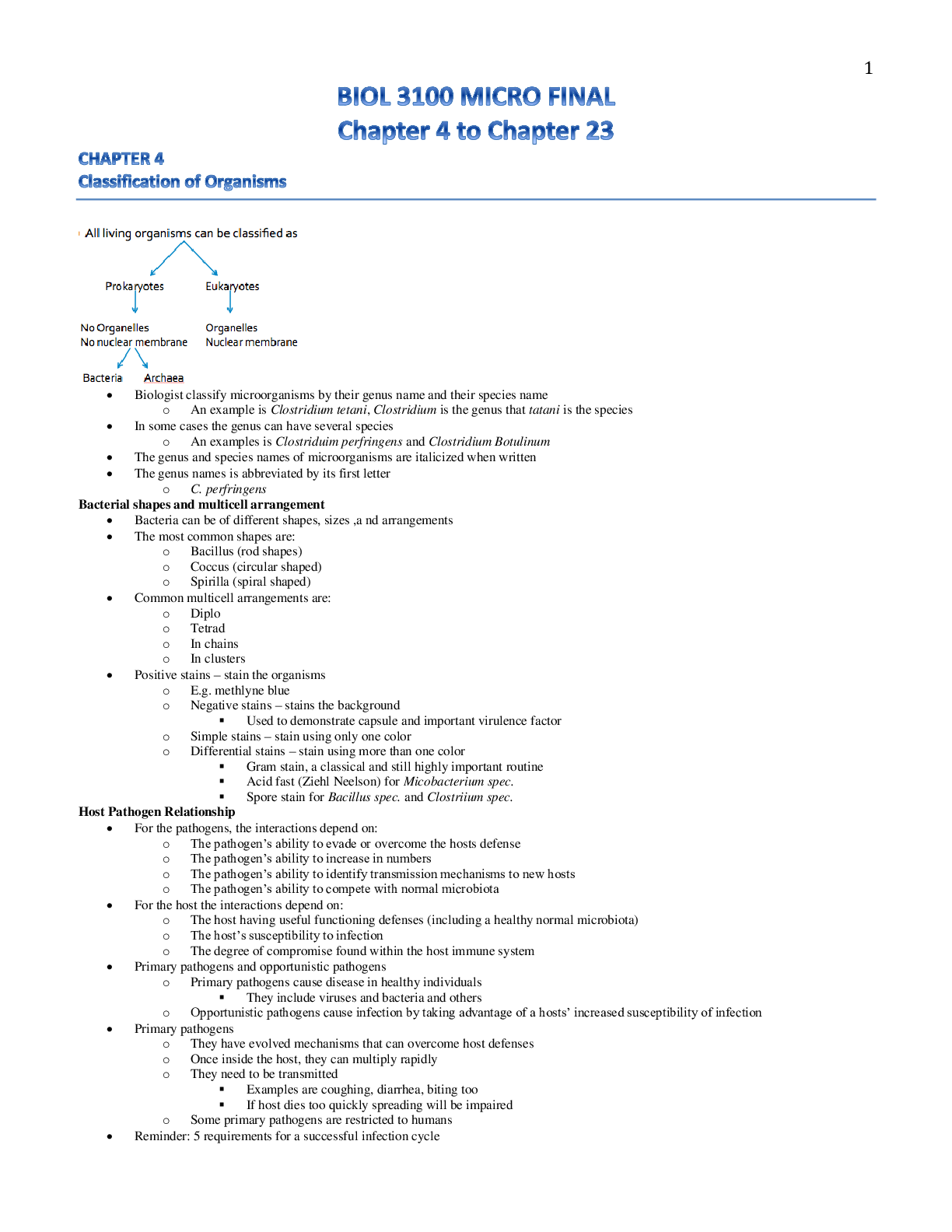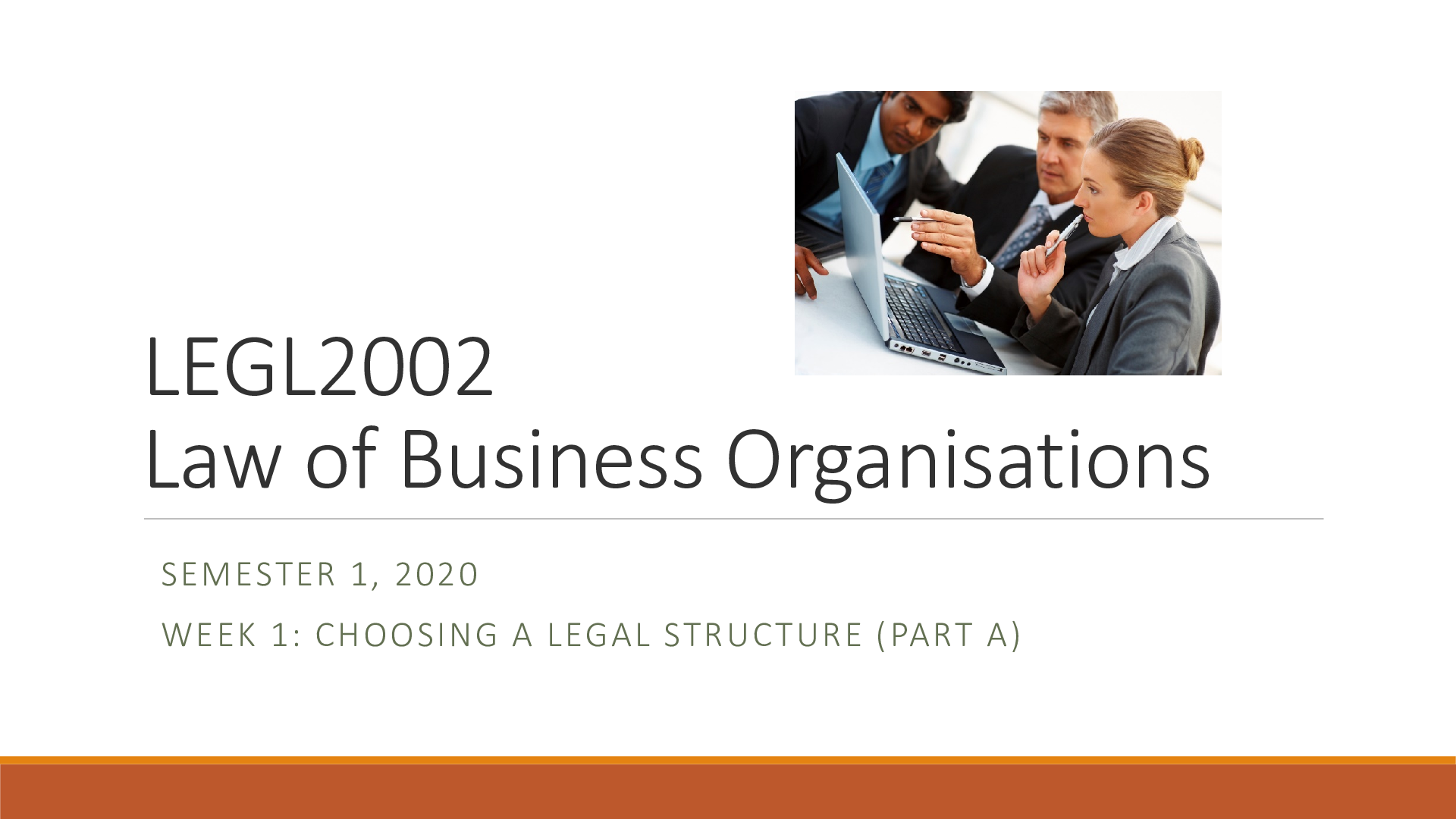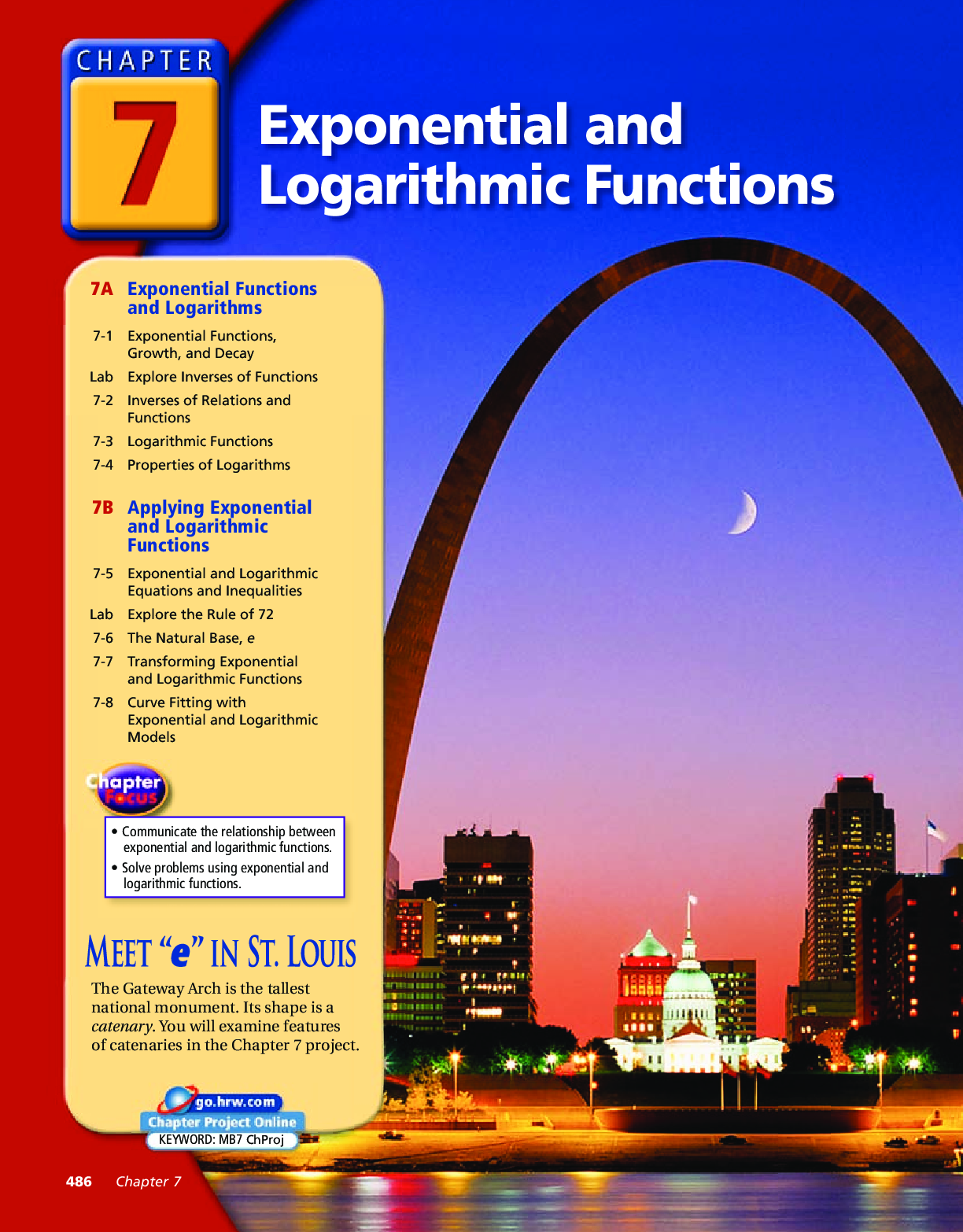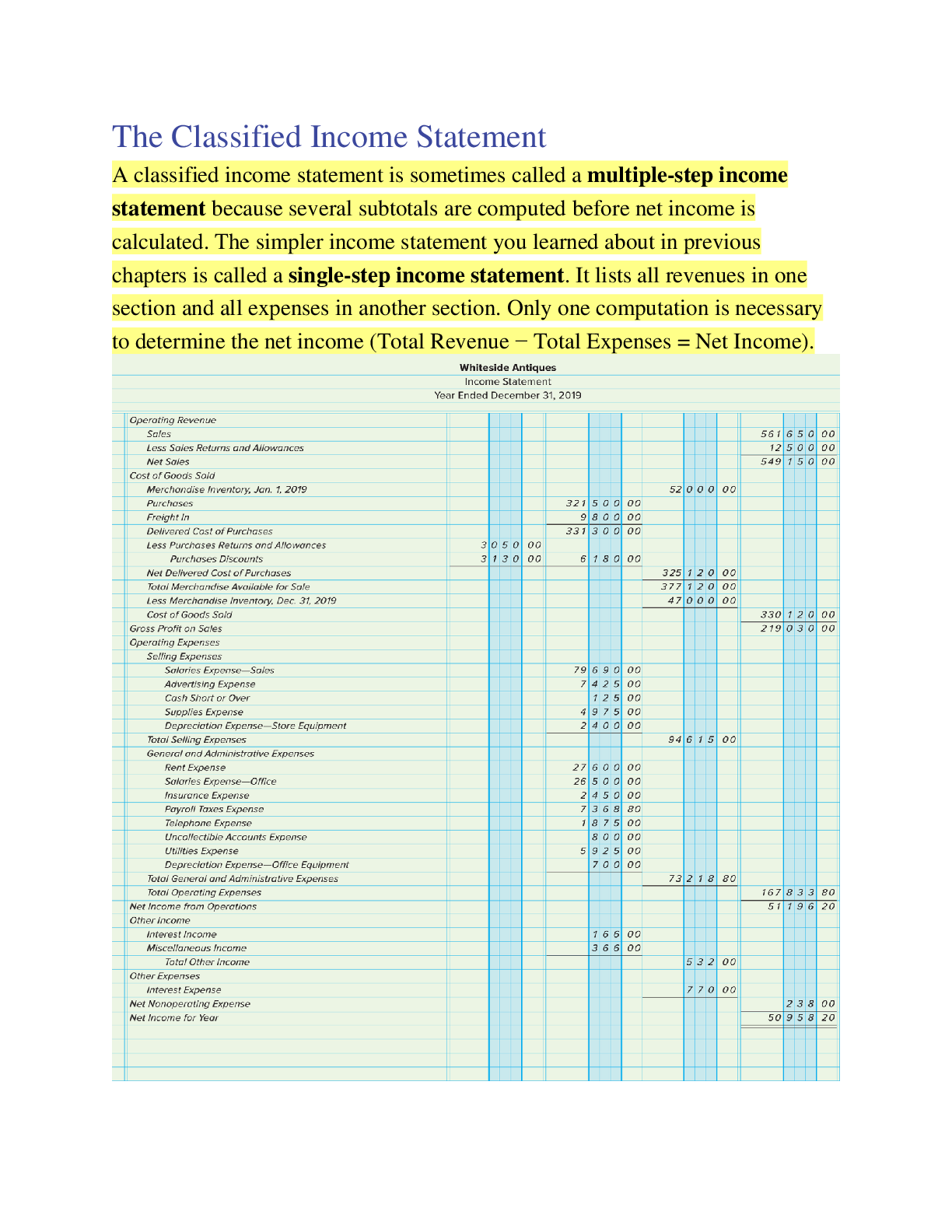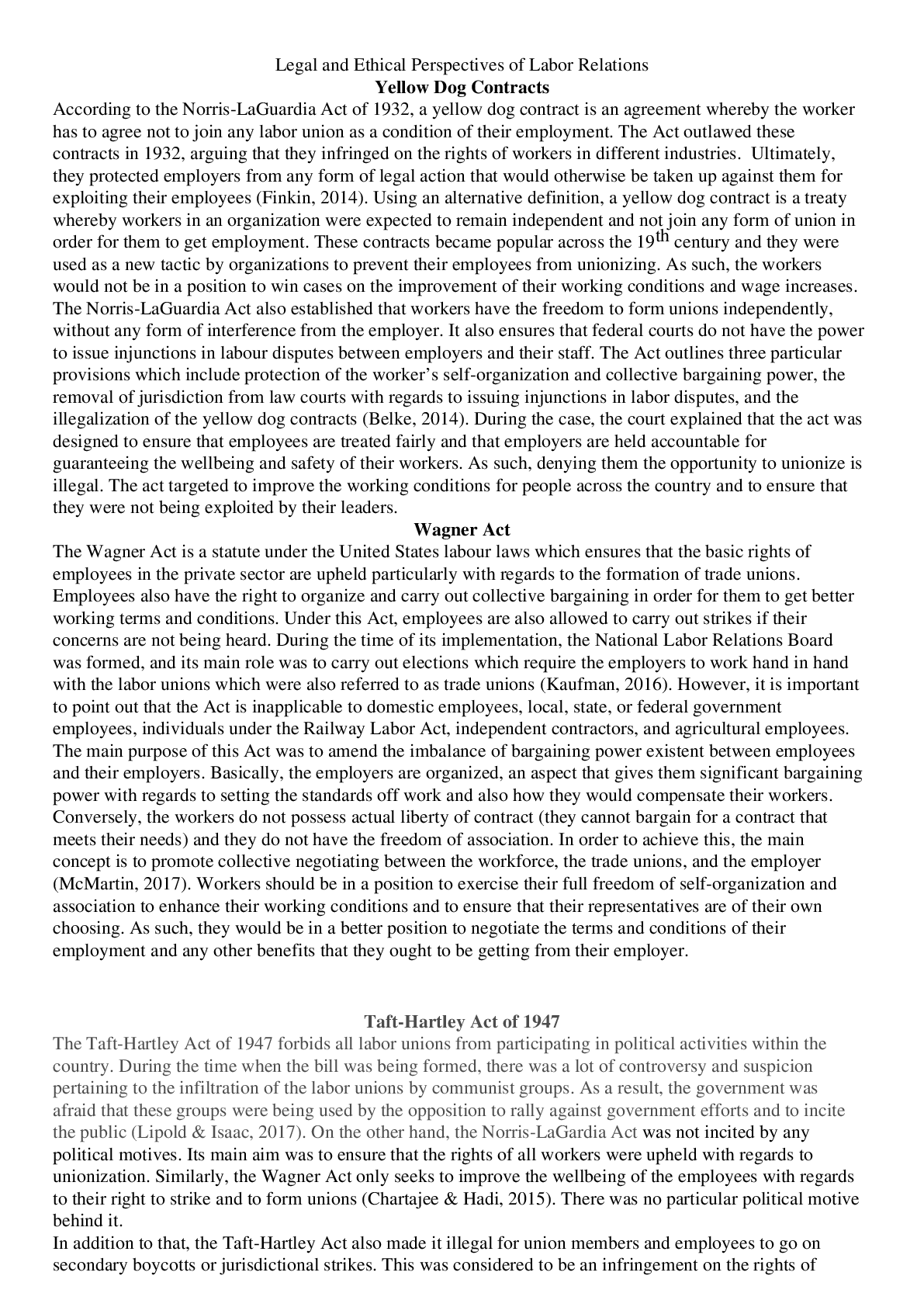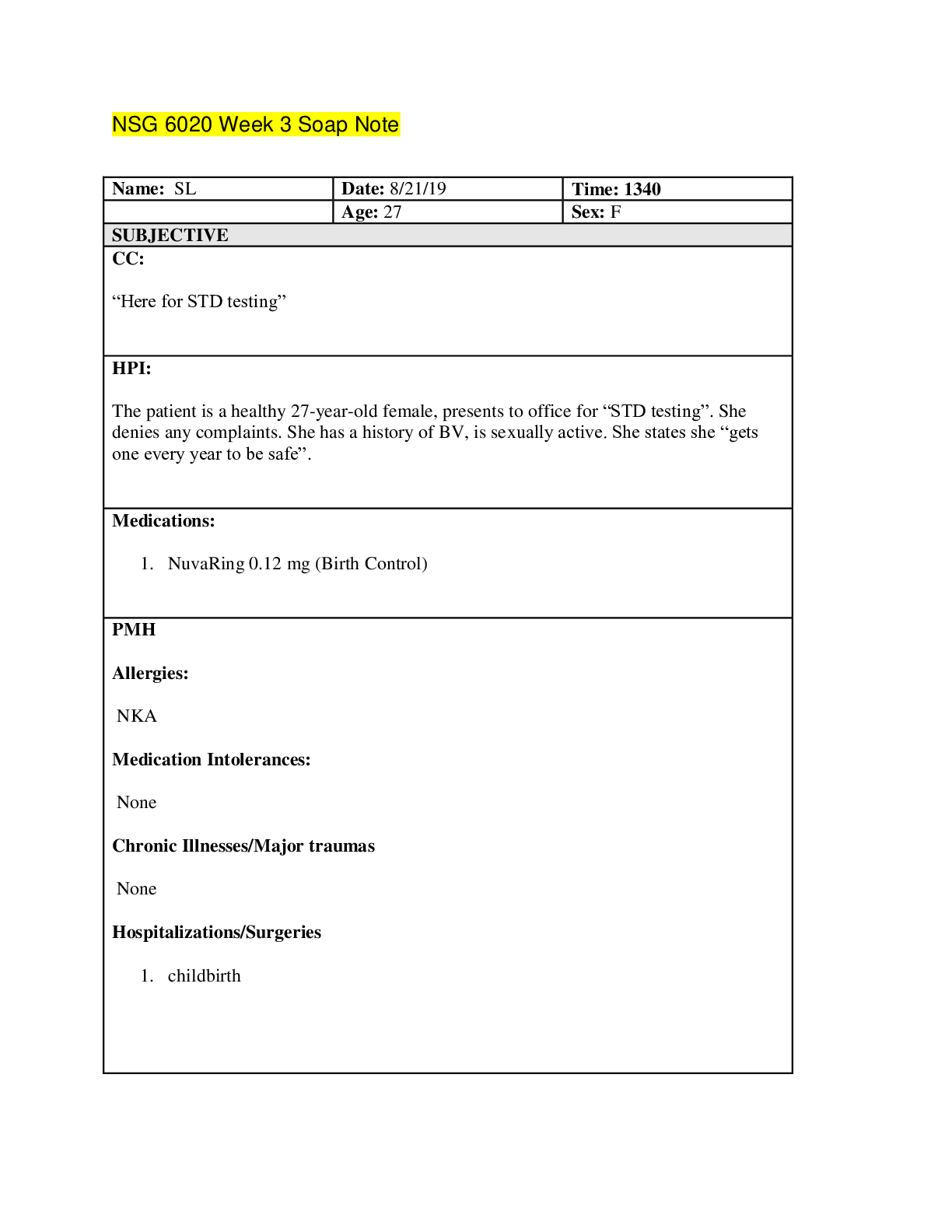Architecture > Study Notes > ARCH7031 CONSULTANCY REPORT (All)
ARCH7031 CONSULTANCY REPORT
Document Content and Description Below
Table of Contents 1 – Executive Summary 1 2 – Module 9: Generating Work 2 2.1 Case Study 1 . 2 2.1.1 Potential Issues . 2 2.1.2 Firm’s Response 3 2.1.3 Letter to Dee Bates, Solicitor at... Argew, Sharpe and Quick 3 2.2 Case Study 3 . 4 2.2.1 Potential Issues and Firm’s Response 4 2.2.2 Presentation Mockup. 5 3 – Module 10: Services, Fees and Resources 6 3.1 Case Study 1 . 6 3.1.1 Potential Issues . 6 3.1.2 Firm’s Response 6 3.1.3 Design Services Proposal 6 3.2 Case Study 2 . 13 3.2.1 Potential Issues . 13 3.2.2 Firm’s Response 13 3.2.3 Fee Proposal 13 3.3 Case Study 3 . 19 3.3.1 Potential Issues . 19 3.3.2 Firm’s Response 19 3.3.3 Letter to Anne Ticipation . 20 4 – Module 11: Consultant Engagement . 21 4.1 Case Study 1 . 21 4.1.1 Potential Issues . 21 4.1.2 Firm’s Response 21 4.1.3 Letter to Ruth Less 23 4.2 Case Study 2 . 24 4.2.1 Potential Issues . 24 4.2.2 Firm’s Response 24 4.2.3 Letter to Justin Time . 25 4.3 Case Study 3 . 264.3.1 Potential Issues . 26 4.3.2 Firm’s Response 27 5 – Module 12: Managing Work 28 5.1 Case Study 1 . 28 5.1.1 Potential Issues and Firm’s Response 28 5.1.2 Letter to Justin Time . 29 5.2 Case Study 2 . 30 5.2.1 Potential Issues and Firm’s Response 30 5.2.2 Letter to Justin Time 31 5.3 Case Study 3 . 32 5.3.1 Potential Issues and Firm’s Response 32 5.3.2 Letter to Dee Bates 32 6 – Reference List 34 1 - Executive Summary This consultancy report tabulates the process of negotiations occurring from the inception of Partner + Partners, through to the completion of the work contract between the firm and the client. The report provides details of the process of interaction between the firm and the client, project manager, council, subconsultants and legal representatives. It is a chronological sample of the documents and correspondence required to maintain a secure position as project architect and ensure the project proceeds as desired. The report has been divided into four sections, each dealing with a stage of the project and containing strategies and letters demonstrating a knowledge of the issues at hand. Module 1: Generating work - this section explores the tasks involved in establishing a new firm, acquiring a client without triggering legal disputes with a former employer, and deciding upon a viable business structure. Module 2: Services, fees and resources - this section details the financial aspects of procuring a new project, including the scope of work to be undertaken and the risks involved when proposing fees and varying the services that the firm provides. Module 3: Consultant engagement - this section deals with the relationship between the client and consultants, and explores the implications of these arrangements including liability and fees. Module 4: Managing work - this section summarizes responses to problems encountered in dealing with the client, project manager and subconsultants. It proposes responses and solutions that help the client and minimise the firm’s liability The primary issue presented in the scenario is the decision to ‘take’ a client from the firm for personal gain. This presents possible ethical, moral and legal issues that must be taken into account before proceeding with any private dealings with Mr Coon. The potential for issues to arise depends on the historical relationship between partners at Olds, Skool and Kitsch (OSK) and Ty Coon. The scenario does not specify if Mr Coon was a client of the firm in the past. This is an important factor as to whether or not a conflict of interest may occur. The firm’s desire to work with Mr Coon in the future will also be a factor as to the potential for issues to occur. OSK is a large firm and the senior partners avoid Mr Coon. These two aspects give the impression that a conflict of interest will not occur. It is important that the firm’s intentions for future dealings are completely understood in order to avoid a conflict of interest. Ultimately, the legalities will fall under the conditions of the specific contract with the existing employer and how they relate to the Architecture code of ethics. The specific clauses in the contract relevant to this situation will relate to what is classified as intellectual property and how it may be used. Intellectual property is the ownership of ideas and intangible capital. 2.2 Case study exercise 3 2.2.1 Potential issues and firm’s responses Prior to the interview, the following actions should have been undertaken: ● A complete understanding of the project brief should be achieved ● Research into the client’s requirements and agendas ● The format and style of the interview should be known prior to the interview to allow for appropriate planning to be made As a firm just starting out, standard methods of gaining a competitive advantage such as branding, efficiency of process/resourcing or precedent work cannot be utilised. Instead the practice much think laterally about how it will elevate its strengths from competitors. The key is to display a positive feature that cannot be easily reproduced by competitors. The firm could achieve this with a number of strategies, including the following: ● Clearly demonstrate unique professional talents eg. stylistic hand drawings etc ● Extensive experience in a particular area of work ● Lateral thinking, creative and/or unique ideas and design solutions ● A particular appeal to client interests There are a number of methods for the school to select design consultants including expression of interest (EOI), consultancy submission, competition or selection based on qualifications. In the scenario the school chose a staged selection approach. This allowed them to narrow the scope of candidates through a number of selection phases isolating different criteria. The school could have used a qualification based selection (QBS) to ensure selected design consultants are sufficiently capable. As the project is quite large and technically complex, this method would have been satisfactory for the project. Holding an open competition would have most likely drawn more creative solutions as a wider variety of firm types would have entered creating a larger pool of ideas. As indicated in the scenario, the school was looking specifically for creativity and unique ideas which would have been achieved with this selection method. The school’s instruction to present design concepts prior to a firm being awarded the project is not consistent with the requirements of a staged selection approach. The project should have been held as a competition or specifically outlined in the initial expression of interest request. Although the school’s requests may not be ethical from the perspective of the Australian Institute of Australia, it does allow the Peter Partner’s new firm to express it’s professional skills/ideas and possibly gain a competitive advantage.6 | P a g e 2.2.2 Presentation mockup Aspects that should be specifically practiced prior to the presentation include (Refer to Appendix A): ● Altering voice tone, speed and vocal range ● Emphasising key points and design qualities ● Utilising space in the room ● Technical aspects of presentation ● Known personal presentation weaknesses ● Preparation for questions that may be asked The School Board (Client) may expect Partner + Partners to revise the scope of services and add more services in. This could lead to a risky situation if the additional services required by the Board are those the firm have limited or no experience in. If P+P accepts commission for those services, it may lead to professional negligence claim against the firm in case there is any damage or failure of the building design in future. The School Board (Client) may also expect P+P to decrease the timeframe of the project and require to finish it early. In this case additional fees will be required to account for overtime or outsourcing expenses. Care should be taken to ensure that such a case does not lead to a reduction in the quality of the work, which could expose the firm to liability. 5.3 Case study exercise 3 5.3.1 Potential issues and firm’s response The first issue to address is the fact that investigating the feasibility of moving the schedule forward is a not a primary role for the architect, and nor has it been included in the brief. Therefore the first response is to draft a revision to the brief, or to delegate the task to Justin Time who should have a more direct role in coordinating the various consultants. A key consideration influencing the decision of whether or not the schedule change is viable is the amount of liability taken by P+P. P+P is aware that two of the subconsultants may have other projects interfering with the proposed schedule, and that this may impact their ability to do the job properly, possibly resulting in financial loss. P+P needs to relay this information to the client, and issue a written notice that if the schedule goes ahead, any defects caused by the subconsultants is the sole responsibility of the client. Once this has been resolved, the next step is to revise the architect subconsultant agreement to formalize the change in schedule. The subconsultants are under no legal obligation to change their schedule of work, so it is likely that an additional fee will be charged and appended to the architect subconsultant agreement. [Show More]
Last updated: 2 years ago
Preview 1 out of 52 pages
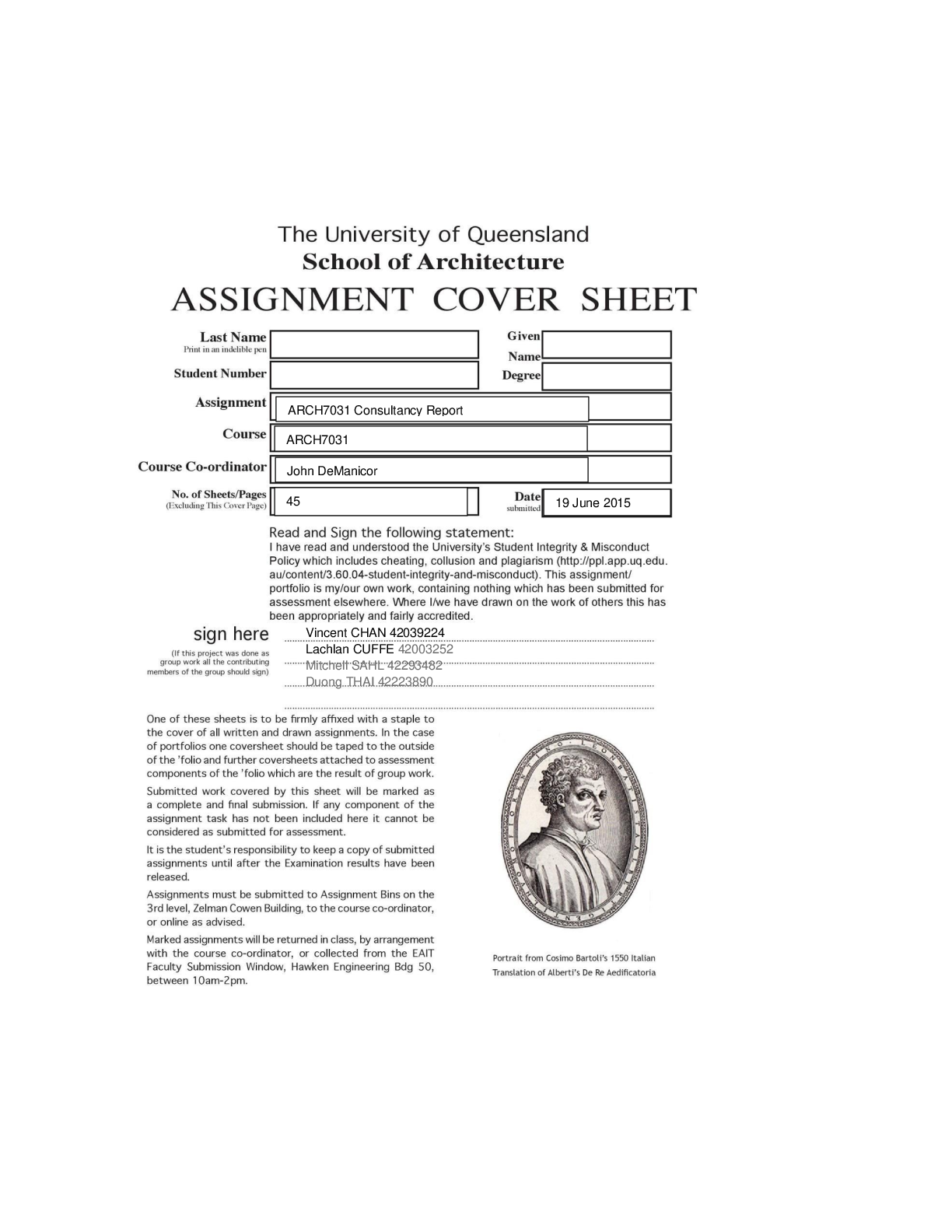
Buy this document to get the full access instantly
Instant Download Access after purchase
Buy NowInstant download
We Accept:

Reviews( 0 )
$8.50
Can't find what you want? Try our AI powered Search
Document information
Connected school, study & course
About the document
Uploaded On
Jul 07, 2020
Number of pages
52
Written in
Additional information
This document has been written for:
Uploaded
Jul 07, 2020
Downloads
0
Views
161

.png)
